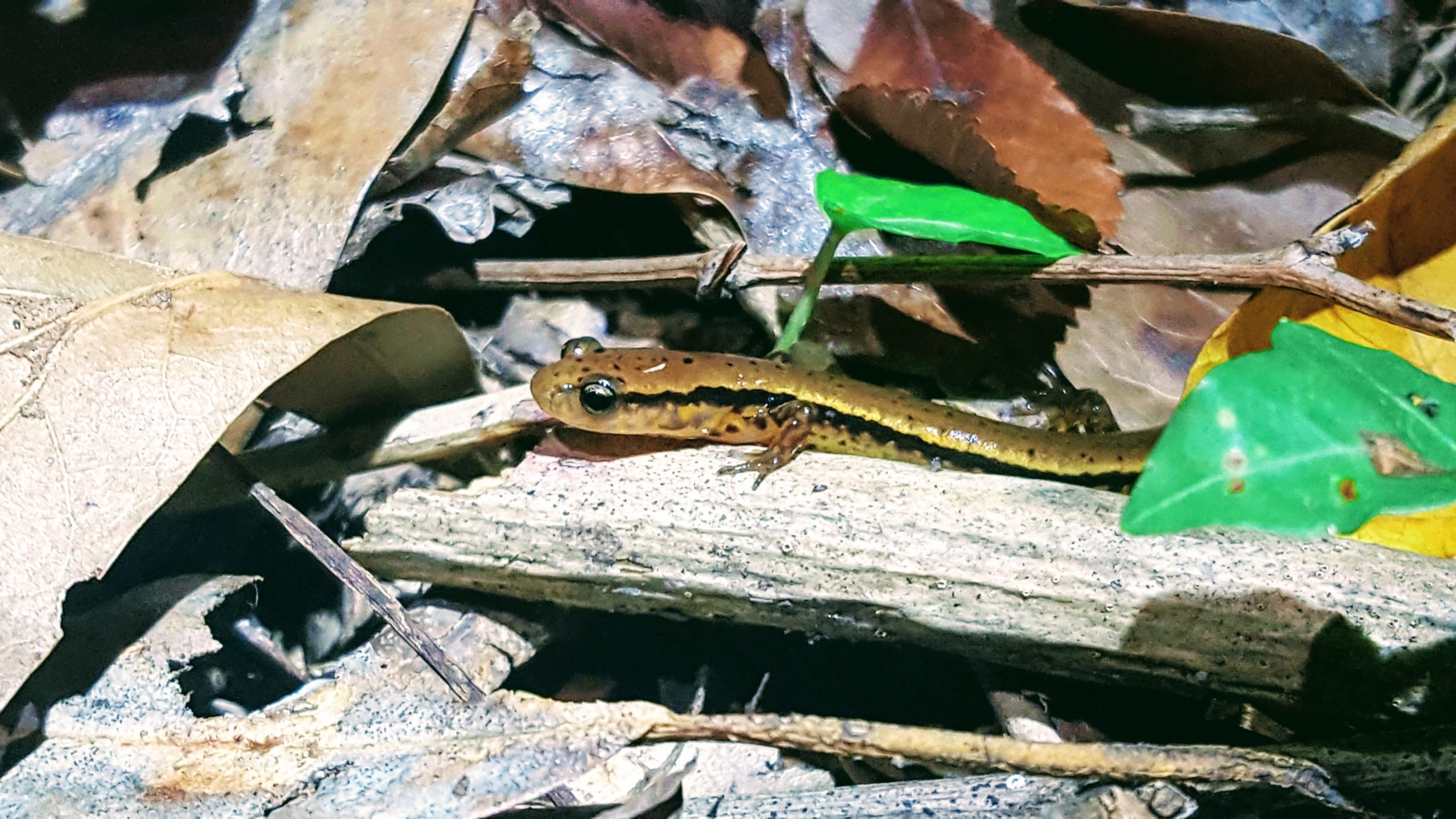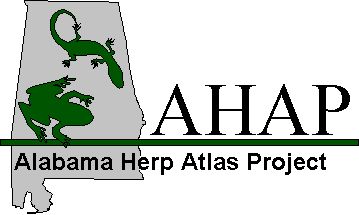
Alabama Herp Atlas Project
WELCOME TO THE HOME FOR THE ALABAMA HERP ATLAS PROJECT!
The Alabama Herpetological Atlas Project (AHAP) is a volunteer network of amateur herpetologists, teachers, and students that has been established across the state so we can gain a better understanding of what’s happening with the amphibians and reptiles in Alabama. Before we can determine a positive or negative trend in the abundance or distribution of a species, we must first get some handle on the situation at a point in time. This is the baseline data against which we can make future comparisons, and it is the primary purpose of the Herp Atlas. The atlas can be thought of as a snapshot in time of the status of the state’s amphibians and reptiles. If we document a species as rare today and it turns up in every county decades later, we’ll know it increased. More likely, a presently common species such as the box turtle may be the rare species of the next century. We need to know where we stand today if we are to recognize trends and take the appropriate conservation measures down the road.

Compared with neighboring states, Alabama’s rich and diverse herpetofauna has not been thoroughly inventoried, and native species may yet remain undetected within our borders. To illustrate, the secretive Pine Barrens treefrog was found in Alabama for the first time in 1979. The inconspicuous razorback musk turtle, a common species elsewhere, escaped notice here until 1994. Many new and exciting discoveries remain to be made, and the Herp Atlas provides both the incentive and the guidance for amateur naturalists who are excited about making a real contribution to conservation and science. Atlas participants experience Alabama’s biodiversity first-hand as they submit standard record cards with locality information and species documentation in the form of photographs of animals, living or dead (snapshots of road-squashed snakes are fine), audio tapes of calling frogs, or video recordings. Hundreds of reports have been submitted from all over the state, and after mapping and processing, all are deposited in the digital voucher collection at the Auburn University Museum of Natural History.
The Alabama Herp Atlas doubles as an effective conservation and education tool. The data submitted by AHAP volunteers provide baseline data for further research, contribute to an awareness of issues relating to declining amphibian populations, supply data to organizations charged with the conservation of amphibians and reptiles, and perhaps most importantly, contribute to an increasing public awareness of the importance of amphibians and reptiles to a healthy environment.
To send in an observation click here
